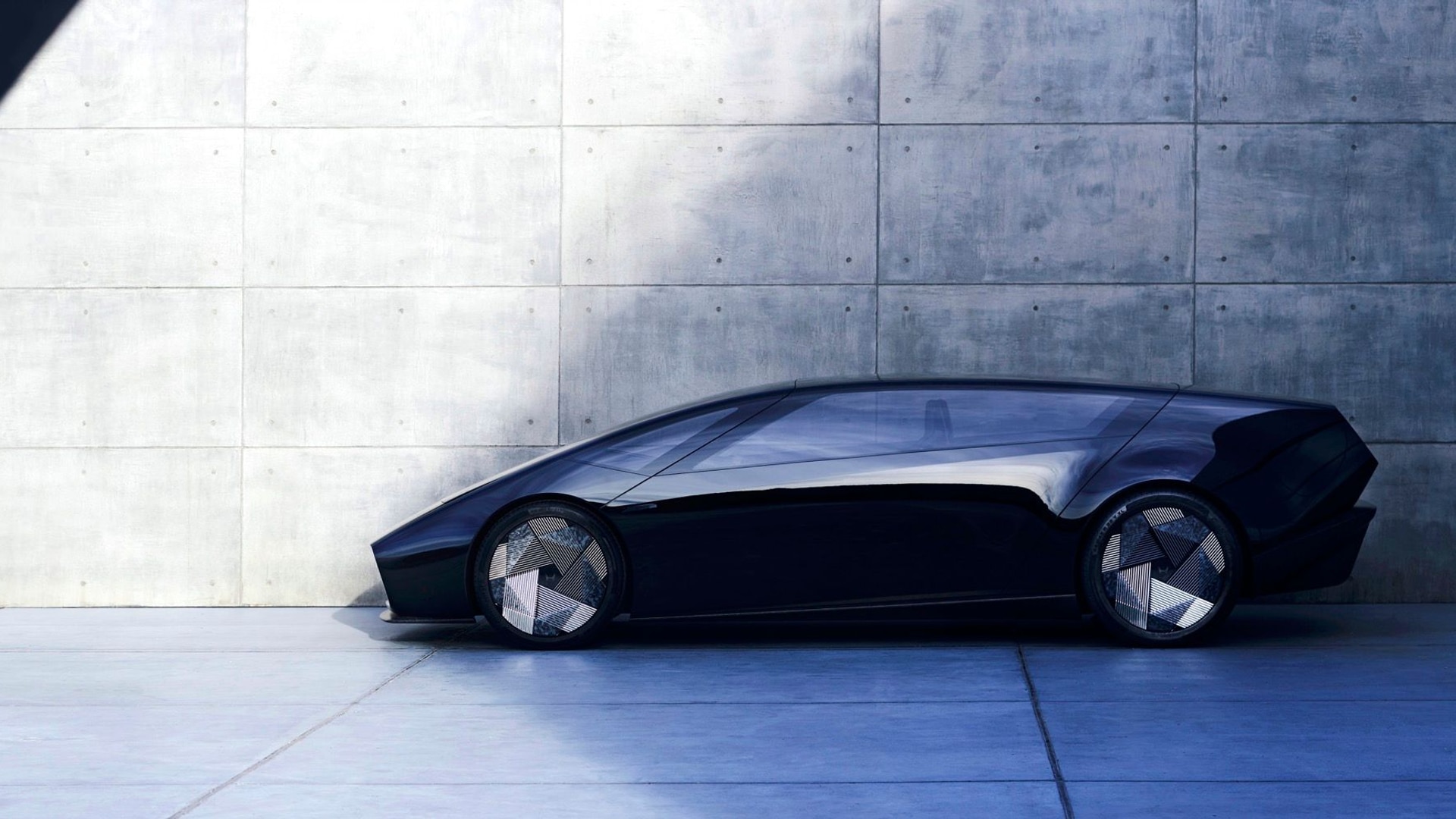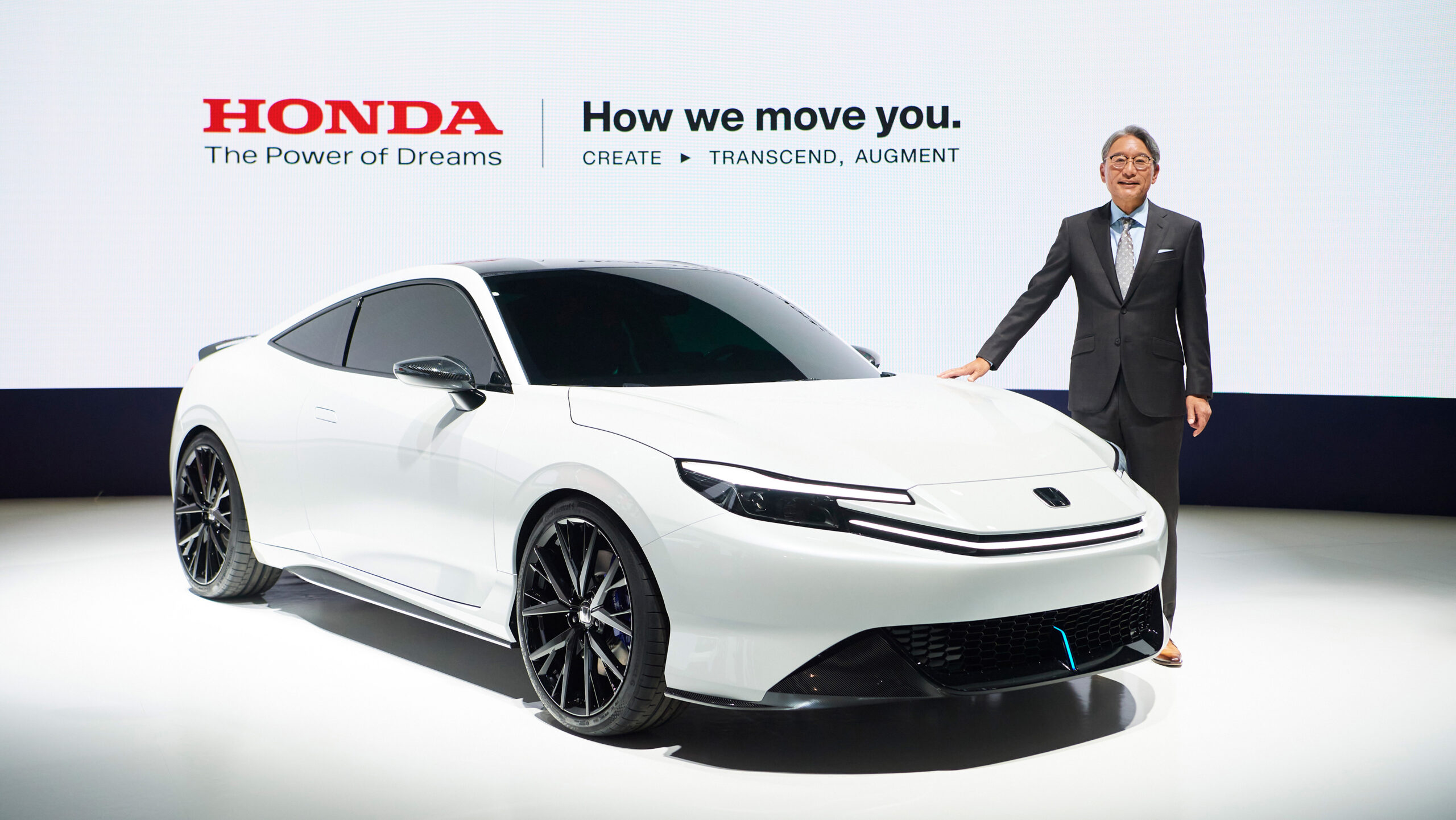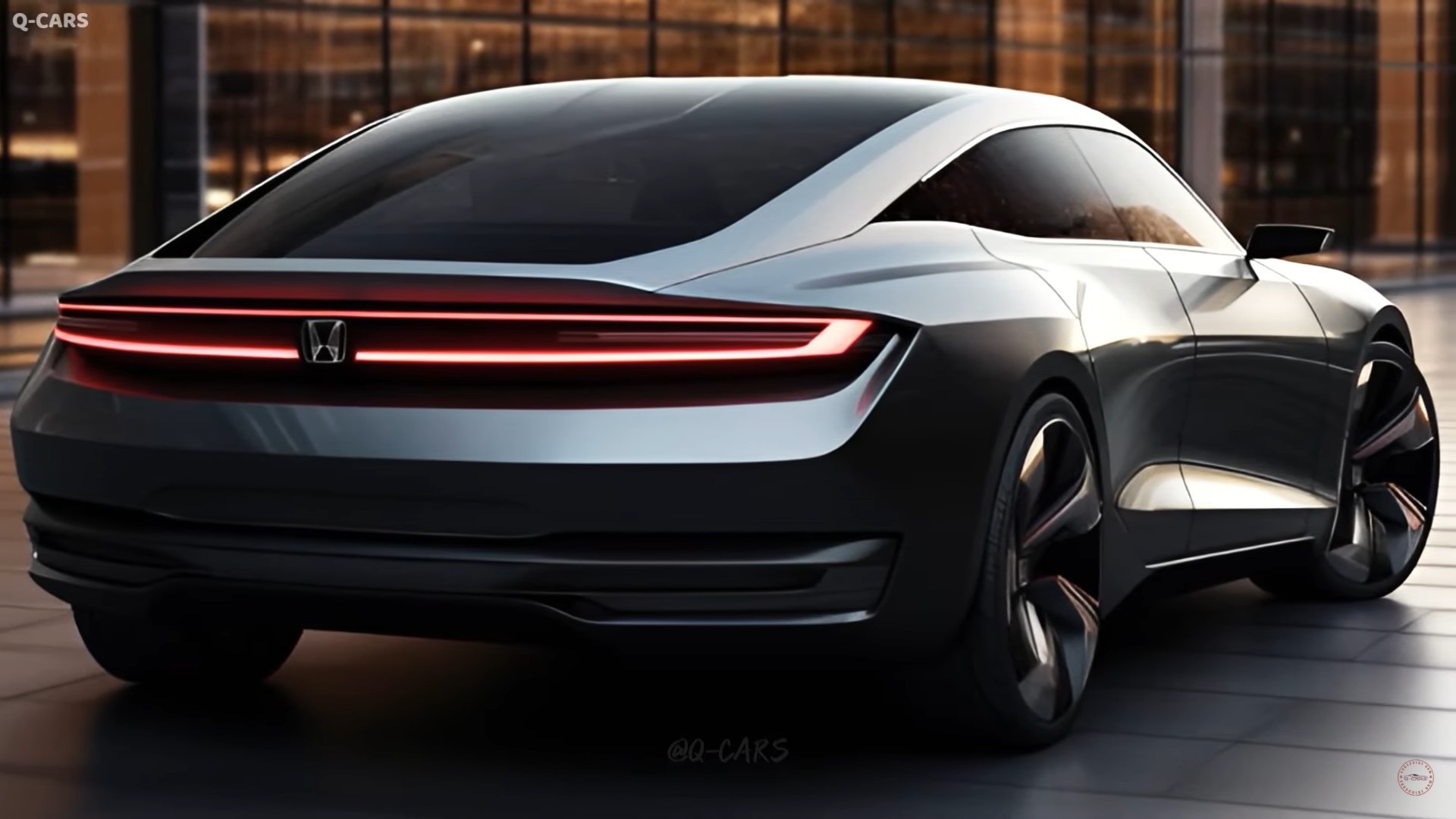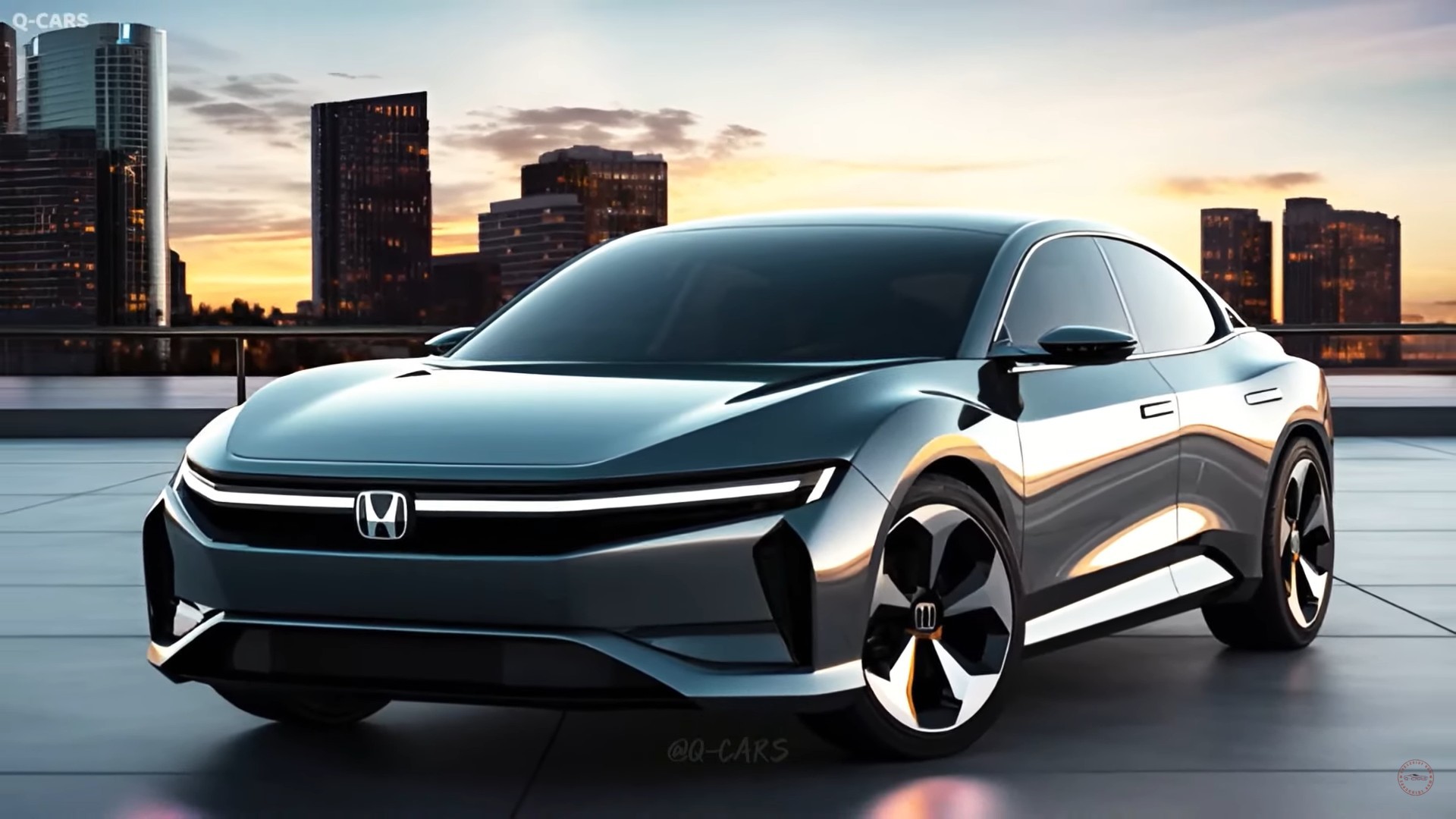Honda, Nissan Aim to Merge by 2026 in Historic Pivot: A Critical Examination
Introduction
The automotive industry has witnessed unprecedented consolidation in recent times, and the proposed merger between Honda Motor Co. Ltd. and Nissan Motor Co. Ltd. stands as a landmark development. This essay delves into the complexities of this historic move, examining the potential benefits and challenges while critically analyzing different perspectives on the issue.
Thesis Statement
The merger between Honda and Nissan, while presenting opportunities for growth and innovation, poses significant challenges that require careful evaluation. The complexities of the deal extend beyond financial considerations, encompassing cultural differences, technological disparities, and the geopolitical landscape.
Benefits and Opportunities
Enhanced Economies of Scale
A merger of Honda and Nissan would create an automotive behemoth with combined sales of over $200 billion and production capacity exceeding 14 million units annually. This scale provides substantial economies of scale in procurement, manufacturing, and distribution, leading to cost reductions and enhanced profitability.
Expanded Product Portfolio
Honda and Nissan offer complementary product portfolios, with Honda specializing in smaller vehicles and Nissan focusing on larger cars, SUVs, and electric vehicles. The merger would broaden the combined entity's offerings, catering to a wider range of consumer needs and market segments.
Shared Research and Development
By pooling their resources, Honda and Nissan would accelerate research and development (R&D) initiatives. This collaboration could lead to breakthroughs in autonomous driving, electric powertrains, and other cutting-edge technologies, driving innovation and competitiveness.
Challenges and Risks
Cultural Differences
Honda and Nissan have distinct corporate cultures, with Honda known for its engineering prowess and Nissan for its marketing expertise. Integrating these cultures successfully poses significant challenges, as differences in decision-making styles, values, and work practices can hinder collaboration.
Technological Integration
Honda and Nissan use different platforms, manufacturing processes, and supply chains. Harmonizing these systems would require substantial investment and time, potentially disrupting operations and affecting product quality and reliability.
Geopolitical Landscape
The merger takes place amidst rising global tensions, particularly between the United States and China. The combined entity would have significant operations in both countries, potentially exposing it to geopolitical risks and regulatory challenges.
Critical Analysis
The proposed merger has elicited mixed reactions from industry analysts and experts. Some believe it to be a bold move that will create a formidable force in the automotive landscape. Others caution about the complexities involved, emphasizing the need for careful planning and execution.
The Center for Automotive Research (CAR) notes that the merger "has the potential to create a global powerhouse in the automotive industry." However, it also warns that "integrating two large and complex organizations will be a significant challenge."
Meanwhile, Moody's Investors Service expresses concern over the potential impact on Nissan's creditworthiness. It states that "the merger will increase Nissan's financial risk ... as it will likely result in an increase in leverage."
Scholarly Perspectives
Alan Blinder, an economics professor at Princeton University, argues that the merger "could lead to higher prices and lower quality for consumers." He emphasizes that automakers often reduce competition after mergers, leading to decreased innovation and customer choice.
In contrast, Thomas Klier, a business strategy professor at the University of Massachusetts, believes that the merger "makes sense from a strategic perspective." He points to the benefits of scale, cost savings, and expanded product portfolio, which could outweigh the challenges involved.
Broader Implications
The Honda-Nissan merger has far-reaching implications for the automotive industry and beyond:
Competition and Innovation
The merger could reduce competition in some market segments, potentially leading to higher prices and less consumer choice. However, it could also foster innovation through increased R&D investment and collaboration.
Geopolitical Implications
The combined entity's significant presence in both the United States and China could shape international trade relations and geopolitical dynamics in the automotive sector.
Economic Impact
The merger could create new jobs in manufacturing, R&D, and other related industries. However, it could also lead to redundancies and job losses in areas where operations are consolidated.
Conclusion
The proposed merger between Honda and Nissan is a complex and multi-faceted event with both potential benefits and challenges. While it presents opportunities for growth, innovation, and cost savings, it also poses risks related to cultural differences, technological integration, and the geopolitical landscape. Critical analysis of different perspectives, including scholarly research and industry expert opinions, highlights the importance of careful planning and execution. The broader implications of the merger extend beyond the automotive industry, impacting competition, innovation, economic development, and international relations. The successful integration of Honda and Nissan will depend on the companies' ability to overcome these complexities and harness the full potential of their combined strengths.
Holloway Scores 1st NHL Hat Trick, Blues Shut Out Red Wings
Winner Of $1.128 Billion Mega Millions Jackpot In March Finally Claims Prize
Murray State Vs Charlotte Predictions, Odds, Time: 2024 College Basketball Picks



